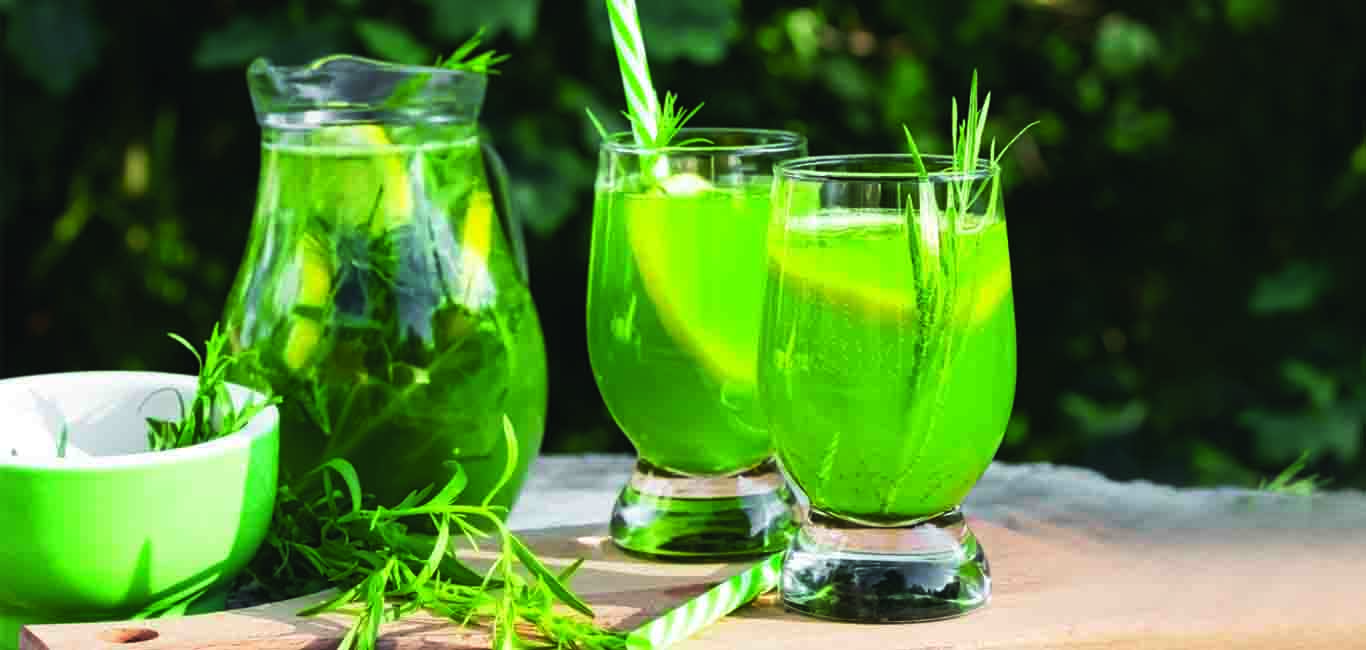
We service our vehicles and devices periodically to keep them running well. Likewise, our body also needs timely overhauling. Ayurveda texts list out purificatory measures which not just restore, but also boost our bodily functions.
Panchakarma is a group of five types of therapies meant for purification or detoxification. The term itself has two words – pancha meaning five, and karma meaning actions or procedures.
1. Vamana – therapeutic emesis
Vamana, which in Sanskrit means vomiting, induces a person to throw up by giving medicine to trigger it. After vamana, the toxins (or the impure kapha) are easily expelled from the body. This procedure is advised to treat respiratory health conditions.
2. Virechana – therapeutic purgation
Vireka/ virechana in Sanskrit means purging or dispelling toxins through motions. Medicines are given to induce purgation. This is the most preferred procedure for health conditions caused due to pitta imbalance (the fire element) and skin conditions.
3. Nasya – therapeutic nasal instillation
Nasya is also called shiro-virechana and involves eliminating toxins by lodging medicines in the nostrils. Medicines can be in the form of medicated ghee, oils, medicated powders and herbal smoke inhalation.
This procedure is included in a daily regimen and advised in the management of health conditions such as earache, sinusitis, headaches, hair fall and premature greying of hair.
4. Basti – therapeutic enema
Basti is a procedure wherein a medicated liquid – either an oil or decoction – is given through the rectal route.
The liquid is prepared fresh using a combination of ingredients such as honey, rock salt, medicated oils, or a decoction, and is based on the person’s underlying health condition.
When the medicine reaches the colon, it is allowed to stay there for some time until the person gets the urge to defecate which results in medicines being passed with stools.
This procedure is ideally used to treat health disturbances caused by vayu, such as paralysis and tremors.
5. Raktamokshana – therapeutic bloodletting
The term literally means letting blood out (rakta means blood and mokshana means letting it flow out.) In this therapy certain blood vessels, preferably veins, are ruptured to let out a small amount of blood from the affected site to relieve the underlying concerns.
Surgical methods include puncturing the veins (pracchana) and venesection (siravyadha). Non-surgical methods include the usage of objects such as a bottle gourd, animal horn, a mud pot, or using leeches to suck the toxic blood from the affected site.
The preparatory stage
The Ayurveda practitioner chooses the type of panchakarma to be given based on the age, weight and condition of the person, the season of the year, among others.
A procedure on an average last up to 7-14days, including three to five days of preparing the body for it with diet and medication.
In the preparatory stage, the therapy taker’s body is softened readied internally by systematically feeding the person with appetisers, carminatives, and medicated ghee for three to five days.
If the person responds appropriately, over the next one to three days, the body is prepared externally with oil massages and steam therapy.
Then follow a day of vamana (therapeutic emesis) and three days of virechana (therapeutic purgation or cleansing of the bowels).
These steps are necessary, according to Ayurveda, to make the body’s tissue softer, detoxify with steam after which the toxins are moved from the peripheries to the gut – from where they can be flushed out in the subsequent steps.
Throughout the procedure, the person’s vitals, including heart rate and blood pressure, are monitored.
Post-procedure recommendations
Post-procedure, the body needs rest and relaxation. The person who has undergone any of these procedures should follow the physician’s recommendations to regain physical strength. These include a specific diet and abstaining from strenuous physical activities. One must follow a prescribed diet until appetite and digestion return to normal.
This regime lasts for three to seven based on the type of evacuation (low, moderate or good). After this period the person can resume his or her daily routine.
Dos and Don’ts
- A person should not physically exert oneself;
- Throughout the course, one may not eat cold or old food and stick to the prescribed diet pattern.
- The person undergoing treatment should avoid exposure to extreme cold or hot temperatures.
- Normal cycle of sleep at night should be followed and daytime sleep should be avoided.
Who should not take panchakarma?
- People who are extremely weak or emaciated
- Those with serious injuries
- Children
- The elderly
- Women who are pregnant, nursing or menstruating
- Those who do not want to undergo the procedure
Seasons & body types
Seasons affect the body’s physiology and the state of one’s vata, pitta and kapha. These factors, if not heeded, can trigger various health issues.
For instance, an enema is recommended during early monsoon when the vata in the body is disturbed.
Emesis is performed during spring when the kapha in the body is disturbed.
Purgation is recommended during autumn as pitta is disturbed in that season.
However, season-wise recommendations are adopted only for a healthy individual to prevent the onset of any health problem.
Now, the fine print
Panchakarma is recommended only for people who have chronic health issues. For others, the problems are managed with oral medicine. It is given only to those who are fit both physically and mentally and are ready to follow the strict diet and other recommendations. The therapies are given only by trained personnel and under the Ayurveda physician’s supervision. Inappropriate practices such as offering these therapies in extreme weather conditions or under certain health conditions might lead to serious side effects. Wrong choice of any of these – medicines, their dosages, and the length of the therapy – can have serious health implications.

















